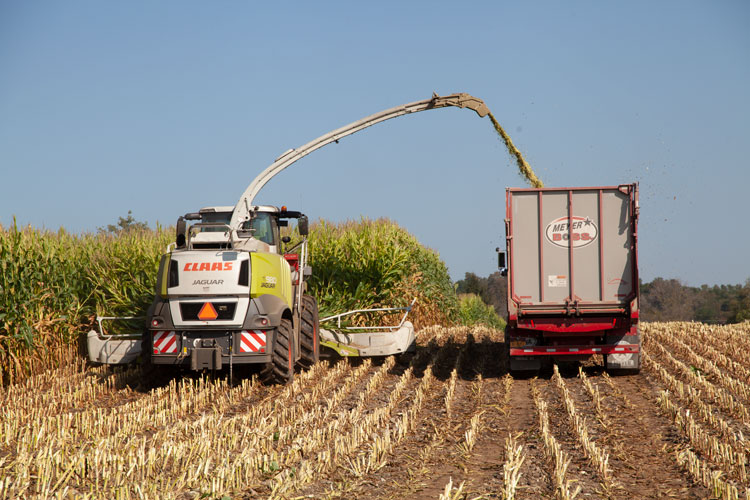
“Never stand behind a horse” were the words my grandfather periodically repeated during my childhood at the farm. Thanks to him, I learned at a young age that I could be kicked and severely wounded if I stood behind a horse. Was my grandfather being dramatic or overprotective? I don’t think so. I think he was simply trying to make me aware of a safety risk.
We are in late August, so chopping and ensiling season is about to start (if it has not started already). Refreshing the risks associated with corn chopping and ensiling is warranted to ensure a safe harvest.
Equipment requires attention
Forage choppers are very powerful machines, and injury and fatal hazards exist when walking in a cornfield during the chopping season. Therefore, even though it sounds obvious, people should never walk a corn or sorghum field while the crop is being chopped. This is particularly important for children.
Due to the height of the standing crop, it is not uncommon to lose the sense of orientation when walking within a field. Even though the forage chopper is very loud, when walking through a standing crop it may be difficult to know how close the chopper is or from which direction it is approaching. Remember that the operator of the chopper cannot be aware of the presence of a person walking through the field. Our extension team at Virginia Tech developed a safety video associated with the risks while chopping.
A silent threat
Another risk associated with the ensiling season is the intoxication of nitrogen dioxide. Nitrogen dioxide is an extremely toxic by-product of the ensiling and fermentation processes that is released for days, and even weeks, after ensiling. Several people, and even cattle, have died over the years from being exposed to nitrogen dioxide.
Certain misconceptions exist about nitrogen dioxide among farmers. Some believe that nitrogen dioxide is dangerous in tower silos but not in bunker and pile silos or silo bags. Other misunderstandings are that nitrogen dioxide is released only a few days after harvesting, or only with alfalfa haylage or high-protein silages and never for other common crops, such as corn and sorghum.
However, the research has shown that, regardless of the silo type, the time of ensiling, or the crop ensiled, nitrogen dioxide is produced, released, and/or accumulated under most circumstances.
Consequently, how harmful would it be to assume nitrogen dioxide is always present? How harmful could it be to simply be aware of the risk?
Soon our extension team will release another safety video, funded by the Southeast Center for Agricultural Health and Injury Prevention, about the dangers of nitrogen dioxide while managing silos at the farm. Stay tuned for its upcoming release.








